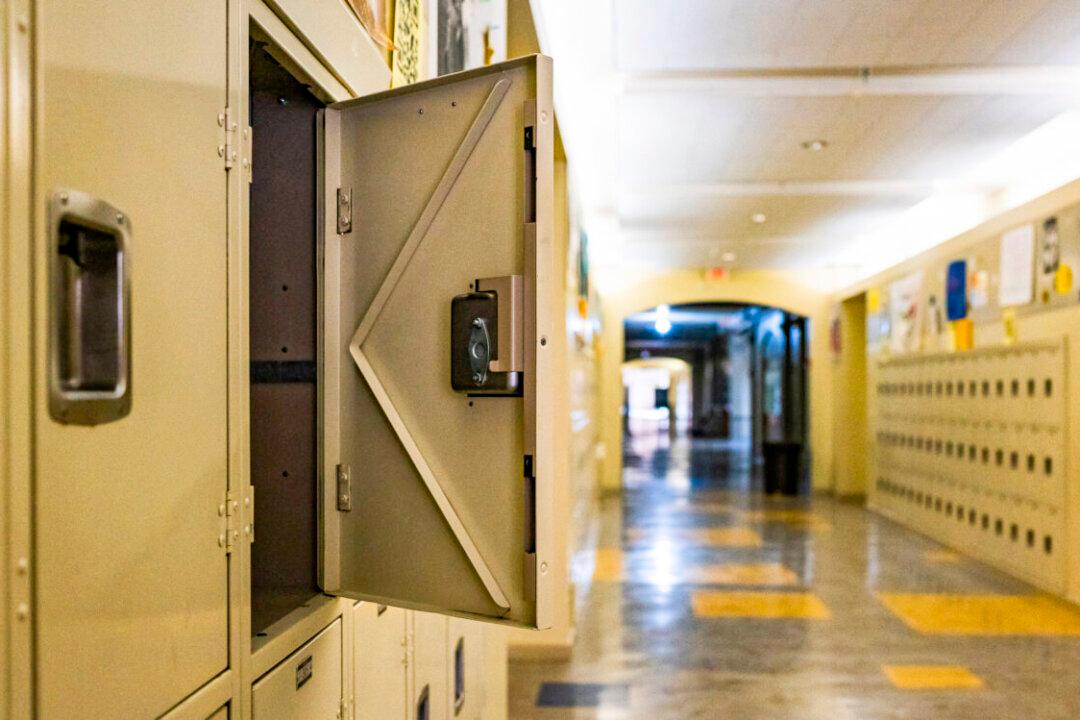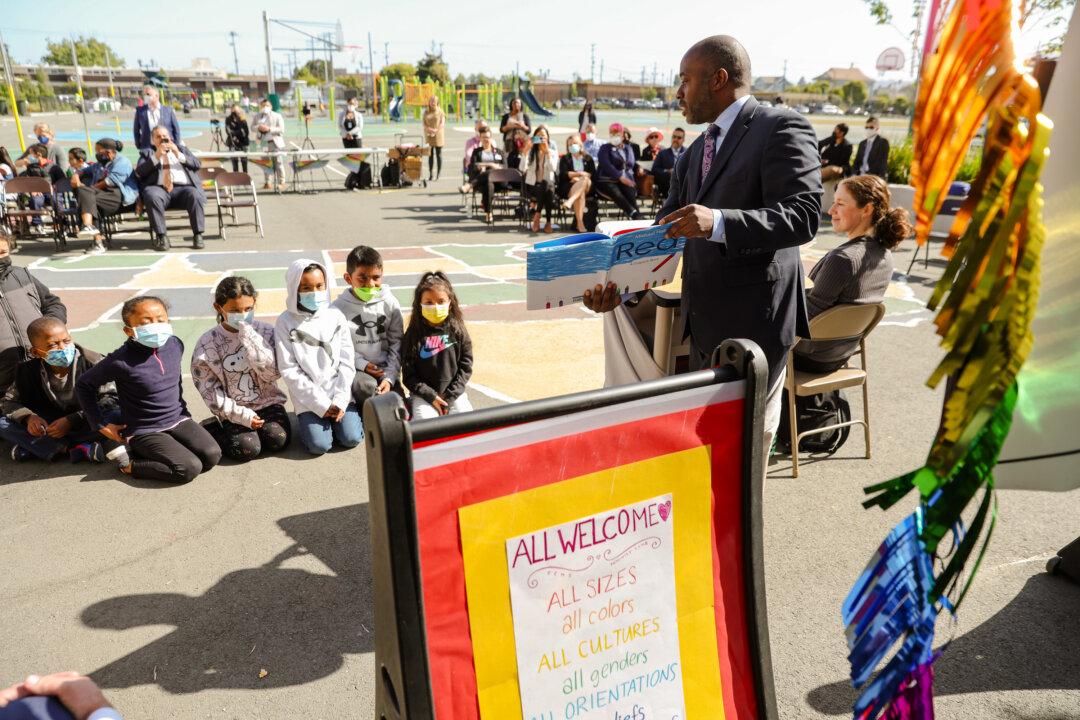Students who are chronically absent in the Los Angeles Unified School District (LAUSD) have more than doubled this school year compared to last year, according to LAUSD data obtained via a public records request.
Students considered chronically absent are those who have missed at least 9 percent of school days this year, according to the data.





